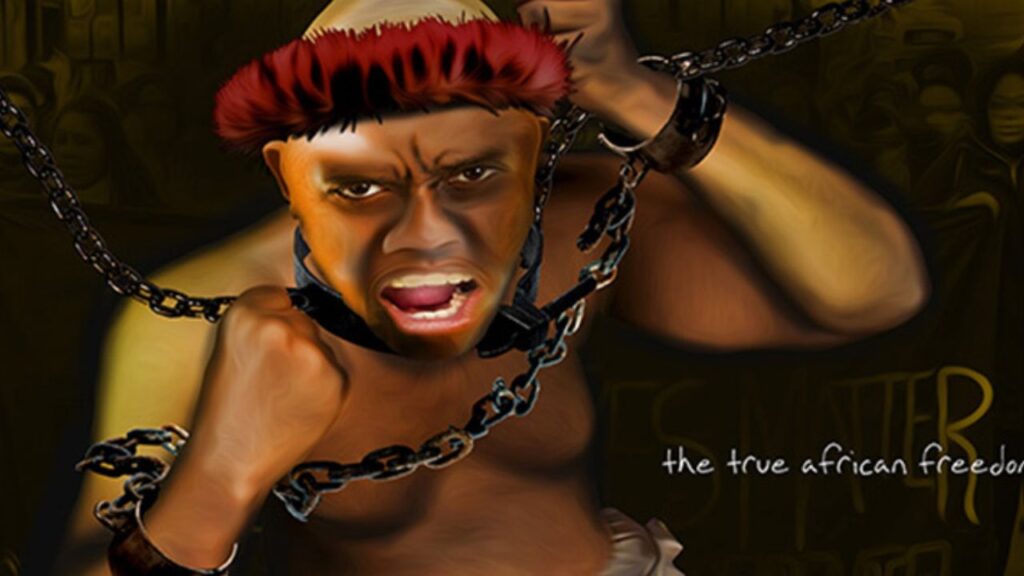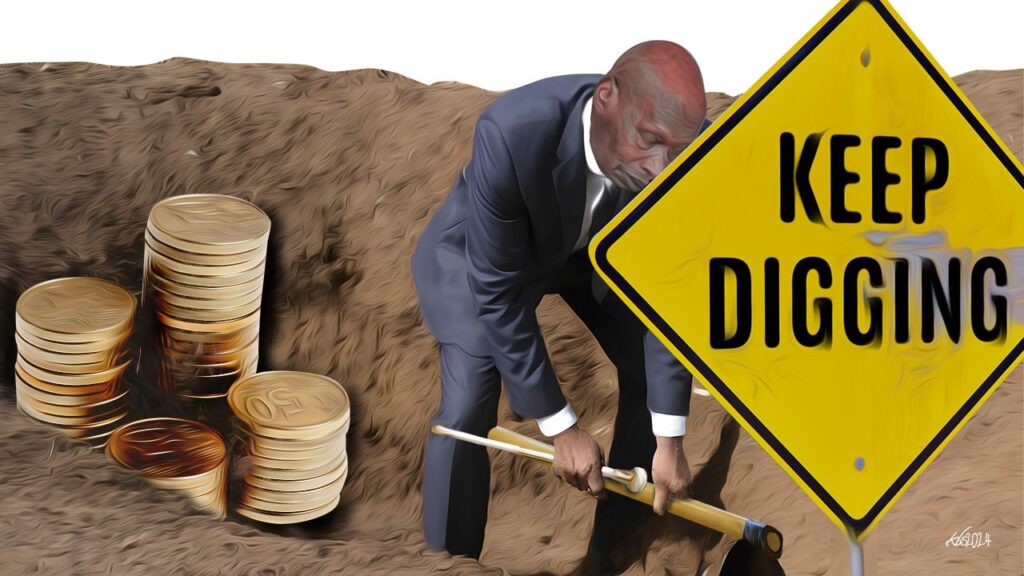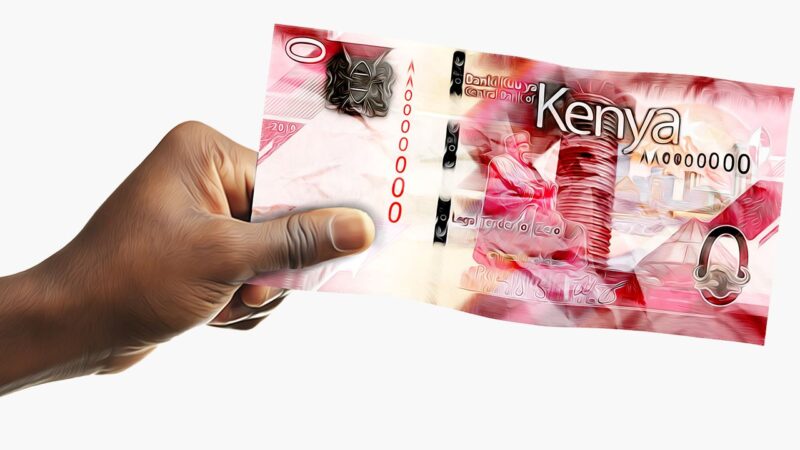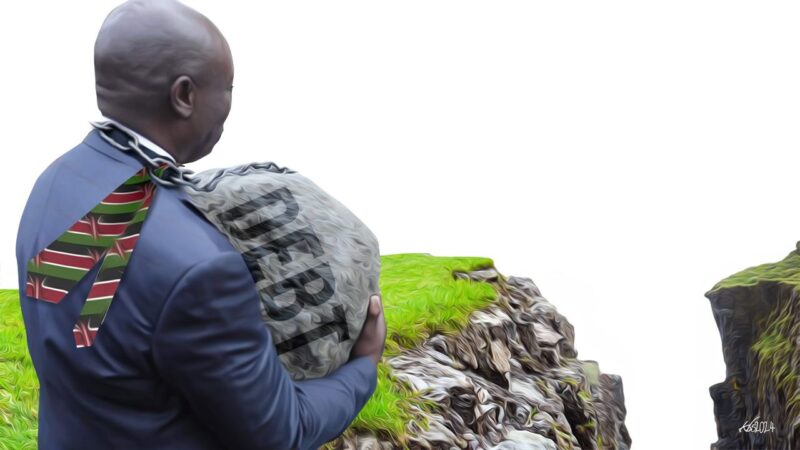Kisumu city’s landscape, like the bodies of some of its residents, bears the scars of recent political protests and state repression in the aftermath of the August 8 election that was annulled by the Supreme Court and the 26 October “Jubilee election” that was completely ignored by four counties in Kenya’s western region (Homa Bay, Kisumu, Migori and Siaya).
The visceral scars are a testimony to a cityscape whose residents are yearning for a total break from the politics of despondency and for a muting or re-writing of its political history, a history that will not be absolved or corrected by the Uhuru Kenyatta–Raila Odinga handshake that took place on March 9, 2018, its bewildering symbolism notwithstanding.
The fact that the city yearns for a fresh start is apparent to David Ndii, the National Super Alliance (NASA)’s economic advisor and strategist, but not to the Raila-led Orange Democratic Movement (ODM) MPs, whose narrow articulation of the Uhuru-Raila rapprochement simply calls for the compensation of life or limb lost during the protests.
Crowds of protestors, some of whom are still nursing their injuries, may have dispersed, but their political aspirations are indelibly etched in the city’s landscape
Kisumu yearns for what Ndii refers to as Kenya’s kairos, but whether or not there is a consensus that this is the moment, and whether Kisumu’s scars equally constitute this moment, is debatable.
Crowds of protestors, some of whom are still nursing their injuries, may have dispersed, but their political aspirations are indelibly etched in the city’s landscape, especially along the highway road signage. Charcoal black powder from burnt car tyres pepper many intersections on Kisumu’s roads, despite the recent heavy rains. At the Kenya Commercial Bank’s T-junction, where the Jomo Kenyatta Highway and the Oginga Odinga Street meet, angry protestors scratched off Jomo Kenyatta’s name from the road sign. Like the silver surface of an airtime scratch card, this left a dull metallic gray centre on the white metallic arrows where the words Jomo Kenyatta had been.
Across the road, on the walls of the city park’s main building, also known as Od Mikai, the name JARAMOGI, Palimpsest-like, has been superimposed on KENYATTA’s name. Never in Kisumu city’s history have the residents expressed such a strong desire to re-write, mute or erase the Kenyattas from the city’s political history and to obliterate memories of the traumas inflicted by the city’s bloody encounters with state brutality.
Despite the 1969 political tragedies – the annus horribilis in Kisumu’s post- independence history when Argwings Kodhek, the Mau Mau lawyer, died mysteriously in a road accident, when Tom Mboya was shot dead in broad daylight in in Nairobi and when Jomo Kenyatta’s security forces massacred at least 100 unarmed citizens, including children, during the official launch of the Kisumu Hospital (Russia Hospital) – Jomo Kenyatta’s name has always held pride of place in Kisumu’s central business district. The biggest public park and the longest road in Kisumu are named after Kenya’s first president.
Raila, it seems, has abandoned the resistance struggle for the woolly cause of “national reconciliation and unity”, a political process which, unlike the 2008 political pact, is bound neither by a deadline nor by a timeline, nor by a credible threat that can hold either the Jubilee party’s or President Uhuru’s feet to the fire.
Further afield, Kisumu city’s market, officially named Jubilee Market, was popularly and hurriedly re-named Orengo Market by protestors in honour of the Luo lawyer and opposition leader James Orengo. Locally known as Chiro Mbero, it’s the market where the Kenyan historian, the late E.S Atieno Odhiambo, tells us the independence-era women traders sang “dine onge Odinga, nyithiwa dine Jomo otho e jela” (without Odinga, Jomo would have died in prison). Protestors scratched the name JUBILEE off the market’s signpost, and in uneven uppercase letters, scribbled the name ORENGO on the signpost’s half-scratched surface.
It seems Kisumu residents want nothing do with the Kenyattas or the type of government they represent. A few months ago, they swore to fight to the last man and woman standing for electoral justice. Angered by the conduct of the August 8 general election, the repeat presidential poll on October 26 and the state-orchestrated violence against civilians, many turned up for successive street protests, shouting in Kiswahili “ua ua…kill…kill” as volleys of teargas canisters were thrown at them by paramilitary or regular police and in defiance of the blood-curdling sounds of bullets that pierced through clouds of teargas.
Undeterred, certainly not by the rising death toll, these unarmed protestors were unflinching, angry, and contemptuous of the Jubilee government’s deadly use of force, shouting “ong’e ringo,” (no relenting) as they courted martyrdom, drawing cold comfort in the fact that their resolve to press for electoral justice was stronger than the government’s resolve to violently quell the unceasing protests. “Ok gi bi nego wa te,” (Kill they will, but they will not kill all of us.) Some of us will live to tell the tales of this war, others will be killed, but all will bequeath the next the generation with a different political world, they shouted.
Then, just when Kisumu residents thought they were done and dusted with the Kenyattas, Raila sued for peace in the name of “national reconciliation and unity”, pulling them out of their absolute resolve to detach themselves from their debilitating history and pushing them right back to the doorsteps of Harambee House, the seat of Kenya’s oppressive state power.
Raila’s handshake with Uhuru has effectively revived Kisumu residents’ cruel memories (memories they had hoped they could erase) of Kenya’s contested and chequered political history, a history that can neither be re-written from below, ORENGO Market style, nor from above, in the style of the famous handshake between the two leaders.
In the street corners of Kisumu, sounds of grand betrayal reverberate. The reverberations feel more like a spirited protest movement rather than the promising beginning of a national dialogue. At Kisumu’s K-city market, a scowl-faced middle-aged woman rhetorically asks, “Kalonzo, Wakamba osetho kodwa didi? Waluhya to….Nyithindo mane otho ne?” (How many time has Kalonzo, Wakamba died with us in this cause? And how about the Luhya…the children or the youth who died for him [Raila]?)
It’s ordinary times when one can use brute force and still talk about “development, peace and service delivery” while civil and political rights and the Judiciary – the last bastion of resistance against the Jubilee party’s quest for complete control of all the arms of government – are pulverised.
There is a feeling among Raila’s core constituency that he has betrayed his comrades and their support base for a brotherhood fellowship that is as confounding as it difficult to swallow. The net result has been the gradual disintegration of NASA, the once formidable opposition coalition.
“Wa chung Kanye?” (Where do we stand?), asks the woman at K-City market, as the news of the opposition NASA senator Moses Wetangula’s ouster and his replacement with James Orengo as the minority leader is broadcast in the car stereo next to the washing bay. It is now truly mindboggling to tell what either Raila Odinga or James Orengo now stand for after the handshake. Raila, it seems, has abandoned the resistance struggle for the woolly cause of “national reconciliation and unity”, a political process which, unlike the 2008 political pact, is bound neither by a deadline nor by a timeline, nor by a credible threat that can hold either the Jubilee party’s or President Uhuru’s feet to the fire. The handshake has left Raila’s political base utterly confused. It’s a covenant that recalls Thomas Hobbes’ pithy quip: “Covenants without the sword are but words, and of no strength to secure a man at all.”
Currently, only David Ndii’s take resonates with the protest scars on Kisumu’s cityscape. The protest crowds want to rake up the past. The ODM MPs’ talk of compensation as opposed to the 12-point gamut of the Uhuru-Raila handshake agreement certainly misses the significance of the marks on Kisumu’s roads signs.
In an interview with Citizen TV, Ndii strenuously and variously suggested that the handshake signaled Kenya’s Kairos – that opportune moment when the tensions and contradictions of Kenya’s neocolonial state, laid bare by the bloody 2007 presidential election, must be resolved. It is an opportunity for Kenyans, on their own or led by Raila Odinga and Uhuru Kenyatta, to reconstitute the Kenyan nation and its moral underpinnings and to resolve its contradictions: It should be a moment when Kenyans decide whether we want to continue with dictatorship or want to embrace democracy. It should be a moment where we decide to do away with ethnic domination and consider ethnic inclusivity, through cross-party and cross-ethnic dialogues.
Ndii seems to suggests that the handshake signaled the end of ordinary times, times for everyday Kenyan political talk of “development,” “peace,” “unity,” “power-sharing or nusu-mkate”, the stock-in-trade phrases that the state and many reactionary Kenyans bandy around to silence dissent and to dismiss critics as unconstructive and unworthy interlocutors. For Ndii, Kairos is the moment for a markedly different kind of political conversation and action, which could rescue Kenya from its existential threat and ethnic implosion.
This moment underpins the desires of the Kisumu protest crowds, who have become cynical about both ODM and the Jubilee party.
Both the ODM and Jubilee’s disparate talks seem to be rewinding the historical clock, away from Ndii’s kairos, a historical watershed, and back to the Aden Duale–Fred Matiangi’s chronos, ordinary times, when and where evils still pays, and the soul of the men in charge of the government’s coercive powers is unrepentant. It’s ordinary times when one can use brute force and still talk about “development, peace and service delivery” while civil and political rights and the Judiciary – the last bastion of resistance against the Jubilee party’s quest for complete control of all the arms of government – are pulverised.
ODM MPs, having smelt state power, now have a spring in their steps as they arrogantly exert their powers within the now wobbly NASA coalition. Orengo, ensconced in his new position as the Senate’s minority chief whip, has now also come to symbolise betrayal. Increasingly, these MPs’ talk seems to be narrowing down people grievances to mostly to one type of injury: physical injury. They are also shifting towards the development/peace talk within the party’s core support base.
Uhuru and Raila’s widely reported handshake is still evoking mixed feelings: a sense of betrayal and confusion, but now giving way to a creeping and begrudging acceptance of the promise of the Harambee House deal.
At a newsstand in Nyalenda, one of Kisumu’s bustling ghettos, a young man quips, “Kalonzo odhi omos Ruto…wan waduaro kwe…wanwiwa ruko…mono jopinje moko keto mwandu gi Kisumu,” (Kalonzo should go and shake Ruto’s hands…we want peace…our penchant for protest discourages others from investing in Kisumu.) It a remarkable shift, a shift that echoes mostly ODM party officials’ and MPs’ views regarding the handshake and which also elevates Raila above his comrades-in-arm, Kalonzo Musyoka, Moses Wetangula and Musalia Mudavadi.
It is a disappointing end to a protracted struggle driven from below by fearless foot soldiers who had put their lives on the line for electoral justice and a Raila presidency. Kenya’s nascent broad-based opposition coalition has suffered a major setback. And the Jubilee Party has scored a major victory, albeit a momentary one.
The Jubilee securocrats believe that the opposition comprises dispensable actors in a liberal democracy, not insurgents who can defeat them through extralegal warfare. Uhuru and Raila’s widely reported handshake is still evoking mixed feelings: a sense of betrayal and confusion, but now giving way to a creeping and begrudging acceptance of the promise of the Harambee House deal. “Baba is always right,” say many, either as a way of expressing unquestioning loyalty to Raila Odinga or granting him the benefit of the doubt that he did not throw the opposition under the bus.
What will the two midwives of the Harambee House deal, Martin Kimani and Paul Mwangi, a counter-insurgent securocat and Raila’s everyday lawyer, respectively, deliver? Will they initiate a process to re-write the tragic history of the neocolonial Kenyan state? Or will they recast recent events as merely a glitch that temporarily halted the country’s relentless pursuit of “development”?








